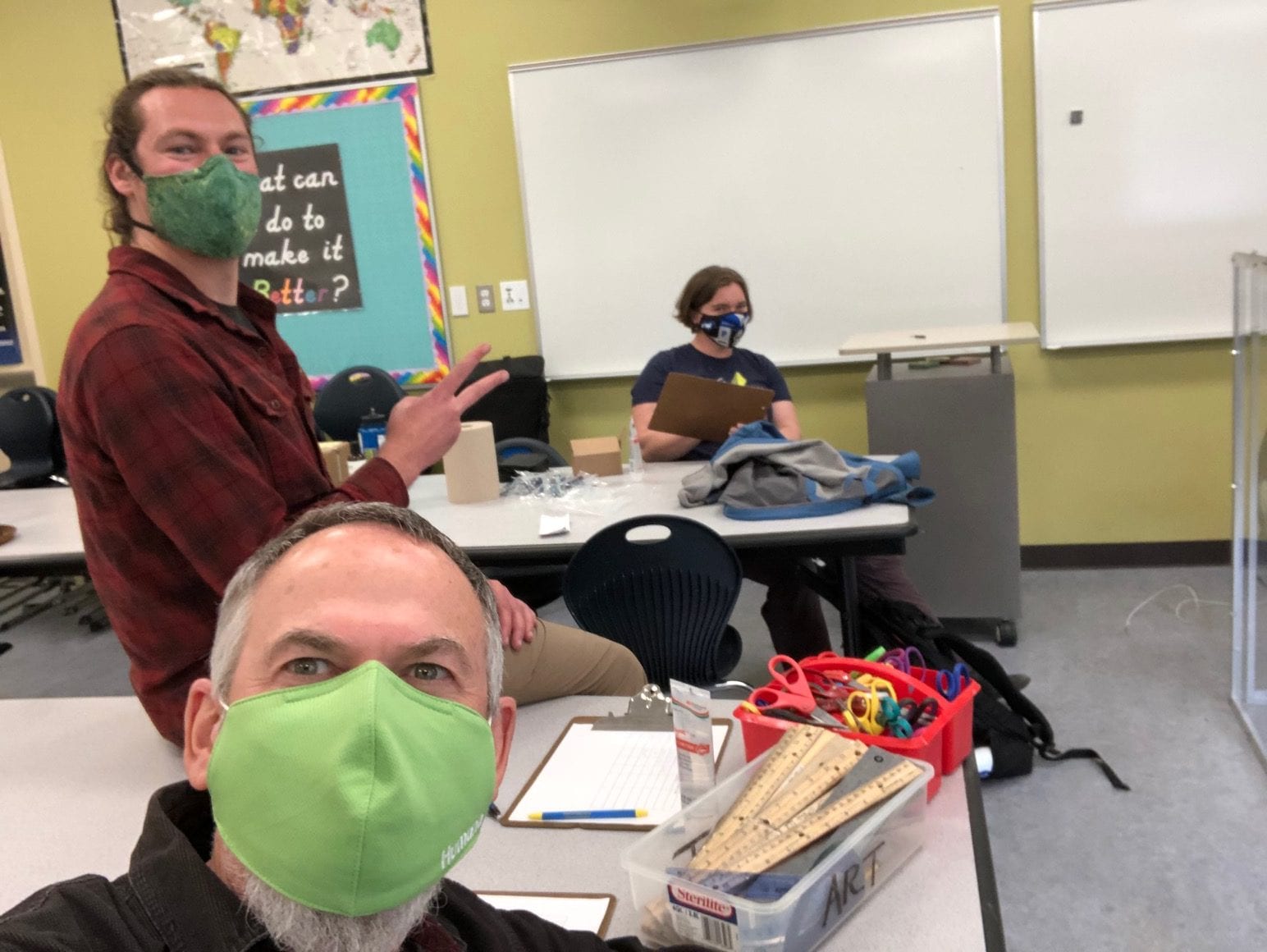The Presentations
Finally, on April 28th and 29th, students gave their final presentations to a panel of judges from REAP and ARE, as well as other volunteers. Students used a variety of formats to wow the judges with innovative experimental designs, beautiful tri-folds, and clearly communicated results. The experiments answered some of the following questions:
- Does dog hair effectively filter oil?
- What style of solar ovens produces and holds heat the best?
- Does temperature affect conductivity?
- What type of fruit produces the most electricity?
- What kind of fabric is the best insulation?
- Does a bath or shower use more water?
The students were judged based on project presentation, creativity and comprehension. The biggest challenge with presentations was the presentation medium itself. Some students created rather professional PowerPoint presentations that were shared in real-time with judges. Other students stuck with the tried and true tradition of cardboard tri-fold displays. After students presented their findings, judges asked a few questions to assess comprehension and consideration of future studies. The Virtual Science Fair created an amazing outlet for student creativity, which flourished through elaborate displays, inventive project ideas, unique experimental designs, and thoughtful future study ideas.


